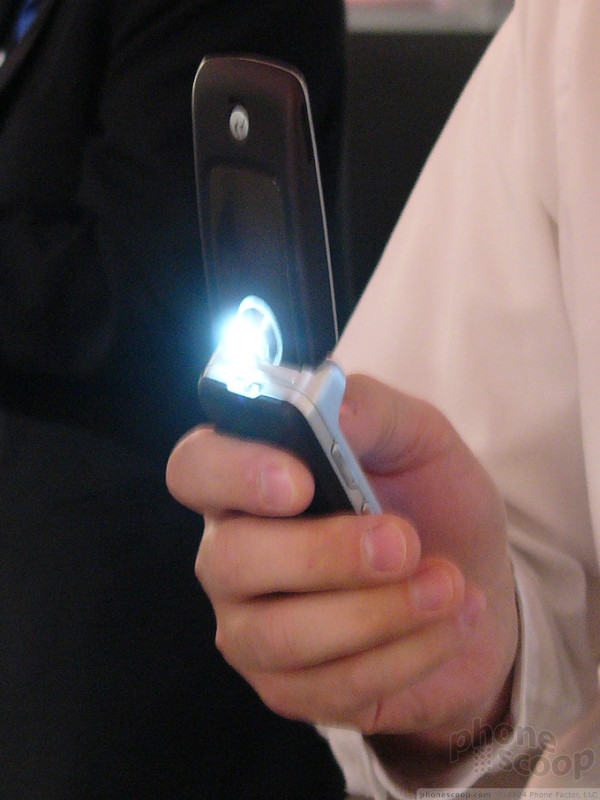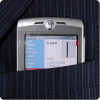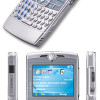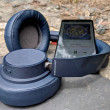MOTONOW 2005
On the second day of the MOTONOW event, Motorola shifted the focus from Windows Mobile to Linux and Asia with the introduction of two new Linux phones and a new mass-market slider for Asia.
Motorola's previous Linux phones have all been PDA-style devices with large touch-screens. These have been aimed primarily as Asia, where stylus input makes more sense with languages like Chinese. The Chinese also love Linux, especially compared to US businesses, who tend to prefer Microsoft OSes. Devices like the new Q - with a QWERTY keyboard and Windows Mobile - are basically the Western counterpart to Motorola's Linux phones for Asia.
But for a year or two now, Motorola has been making noise about expanding its use of Linux to more mid-range phones, and bringing them to the global market. This is finally materializing with phones like the new E895 announced a month ago, and its twin announced today - the A910.
Both phones are based on a new version of Motorola's Linux OS. It combines Motorola's existing Linux base OS with a new user interface that borrows some ideas from Motorola's mainstream interface, but thankfully makes many improvements.
The E895 and A910 really are twins. The body and software are the same. The A910 simply adds Wi-Fi hardware, and UMA software to allow seamless roaming between GSM networks and local Wi-Fi networks.
Some other interesting features of both phones are stereo Bluetooth and a Lumi-LED flash, which means the flash for the camera should actually be bright enough to seriously help brighten those indoor shots. It is quite bright.
The E895 should be out by the end of this year, with the A910 following in Q1 2006, including a version for the US.











 Review: Motorola Q
Review: Motorola Q
 Motorola Q Video Tour
Motorola Q Video Tour
 The Q - Motorola's Super Thin Smartphone
The Q - Motorola's Super Thin Smartphone
 RAZR-like Motorola Smartphone Leaked
RAZR-like Motorola Smartphone Leaked
 Motorola RAZR V3i / V3t / V3e / V3r
Motorola RAZR V3i / V3t / V3e / V3r
 Motorola Q
Motorola Q







